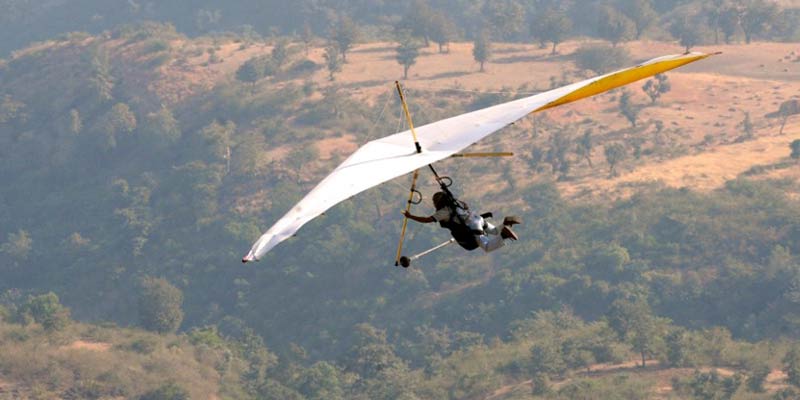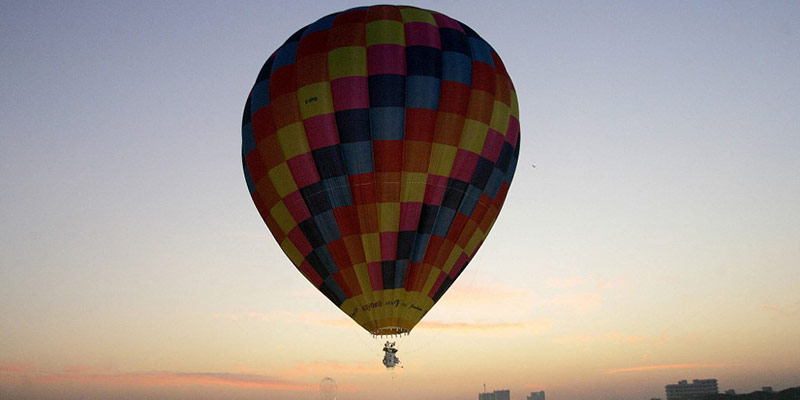- India
- Jan 03
Explainer / National Air Sports Policy
• The ministry of civil aviation issued a draft National Air Sports Policy to leverage India’s potential for air sports, given its large geographical expanse, diverse topography and fair weather conditions.
• The government plans to promote the country’s air sports sector by making it safe, affordable, accessible, enjoyable and sustainable.
• The draft National Air Sports Policy (NASP 2022) is a step in this direction.
• The vision is to make India one of the top air sports nations by 2030.
• Air sports, as the name suggests, encompasses various sports activities involving the medium of air. These include sports like air-racing, aerobatics, aeromodelling, hang gliding, paragliding, paramotoring, skydiving, etc.
• Other than the direct revenue from air sports activities, the multiplier benefits in terms of growth of travel, tourism, infrastructure and local employment, especially in hilly areas of the country, are several times greater. Creation of air sports hubs across the country will also bring in air sports professionals and tourists from across the world.
• The Fédération Aéronautique Internationale (FAI), headquartered in Lausanne, Switzerland is the world governing body for air sports. Founded in 1905, it sets standards, organizes events and maintains global records. FAI has over 100 members.
• FAI is recognised by the International Olympic Committee (IOC). IOC is considering inclusion of air sports in IOC-approved sporting events. All competitions in India will be conducted as per the guidelines laid down by FAI, enabling the air sports associations to keep track of performances as per global norms.
The coverage of NASP 2022 will include the following air sports:
• Aerobatics
• Aeromodeling
• Amateur-built and experimental aircraft
• Ballooning
• Drones
• Gliding
• Hang gliding and paragliding
• Microlighting and paramotoring
• Skydiving
• Vintage aircraft.
Governance structure
It is proposed to have a two-tier governance structure for air sports in India:
1) Air Sports Federation of India (ASFI) as the apex governing body. ASFI shall be an autonomous body under the ministry of civil aviation. ASFI shall represent India at FAI and other global platforms related to air sports.
2) Associations for each air sport for handling day to day activities. For example, Paragliding Association of India or Skydiving Association of India, etc. The air sports associations shall be accountable to ASFI with respect to the regulatory oversight and for providing safe, affordable, accessible, enjoyable and sustainable conduct of their respective air sport.
Other key points of the draft policy:
• The new initiative will facilitate greater participation and success of Indians in global air sporting events.
• Schools, colleges and universities will be encouraged to include air sports in their curriculum.
• Domestic design, development and manufacturing of air sports equipment will be promoted in line with the Atmanirbhar Bharat Abhiyaan.
• Inability to enforce safety standards by an air sports association might lead to penal action by the ASFI against such association, including financial penalties, suspension or dismissal.
• For air sports centred around a fixed location, it can be declared as a ‘control zone’ for air sports with necessary permissions. This will enable hassle-free flying by air sports enthusiasts in such control zones without creating any risk to national security or safety of other manned aircraft.
• To make air sports affordable to the common public, the Government will request the GST Council to consider rationalising the GST rate on air sports equipment to 5 per cent or less.
Manorama Yearbook app is now available on Google Play Store and iOS App Store


